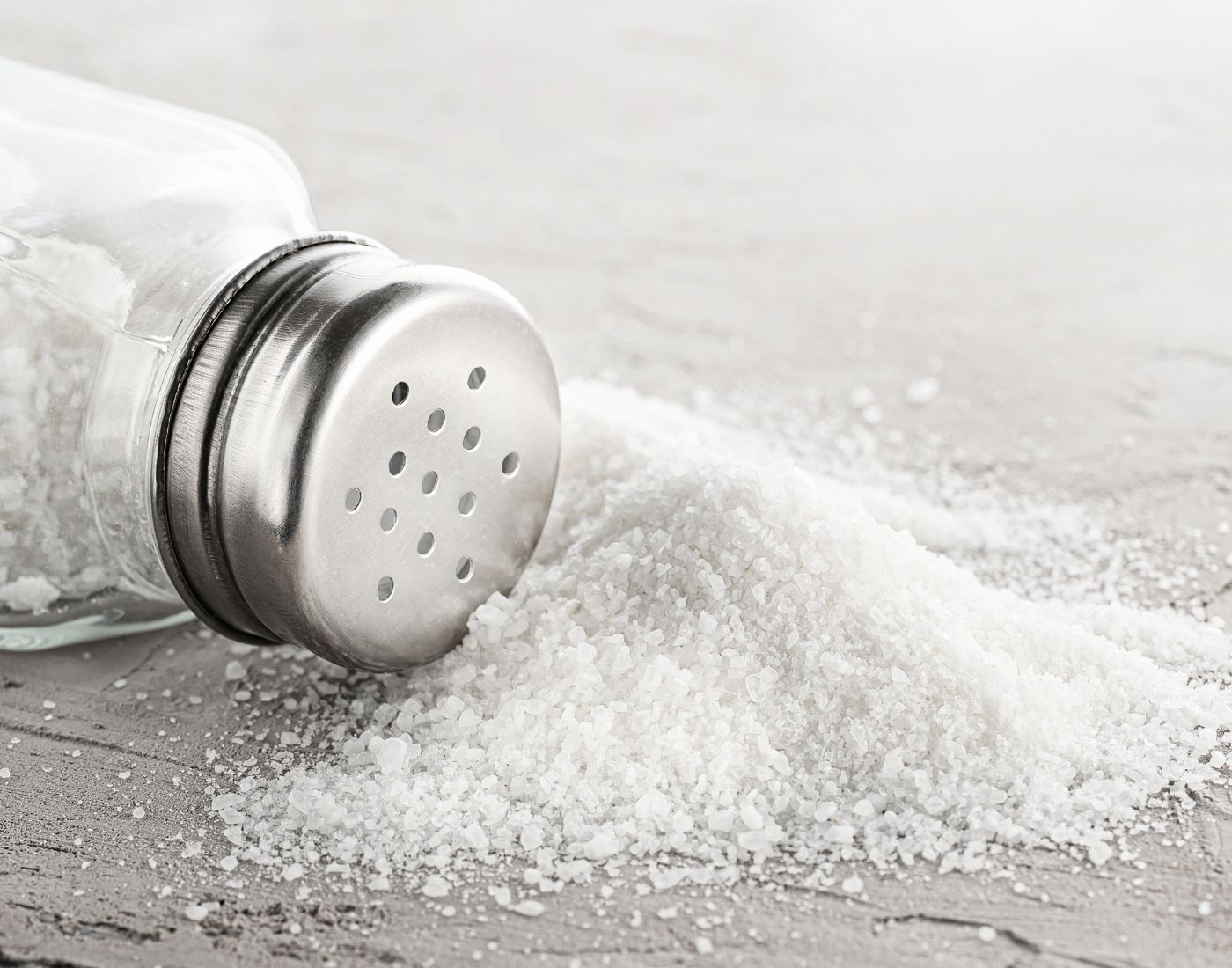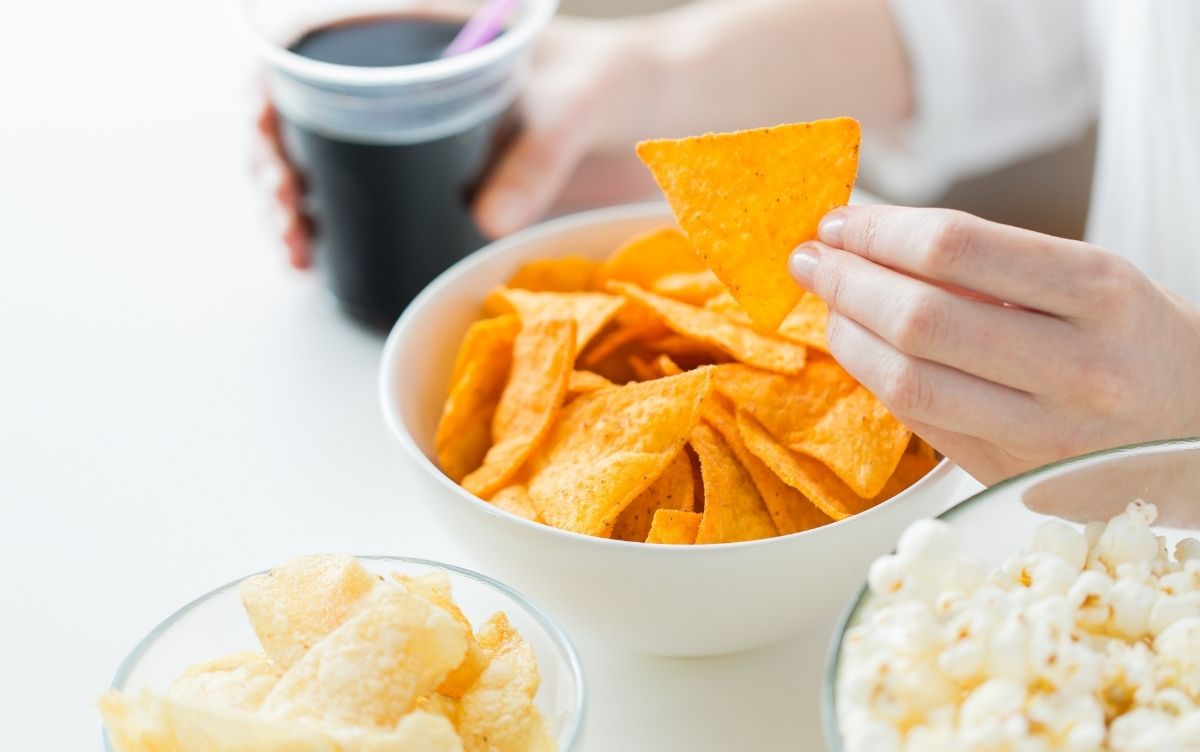In Scotland, many of us eat more salt than is recommended. Around 75% of the salt we eat comes from packaged foods like bread, breakfast cereal and ready meals.
It can also be easy to have too much salt when eating out, as takeaways, fast food and restaurant meals can often be high in salt. For tips on reducing your salt intake when eating out, you can visit our pages on making healthy choices.
Too much salt can raise blood pressure and increase the risk of developing heart disease or stroke.


